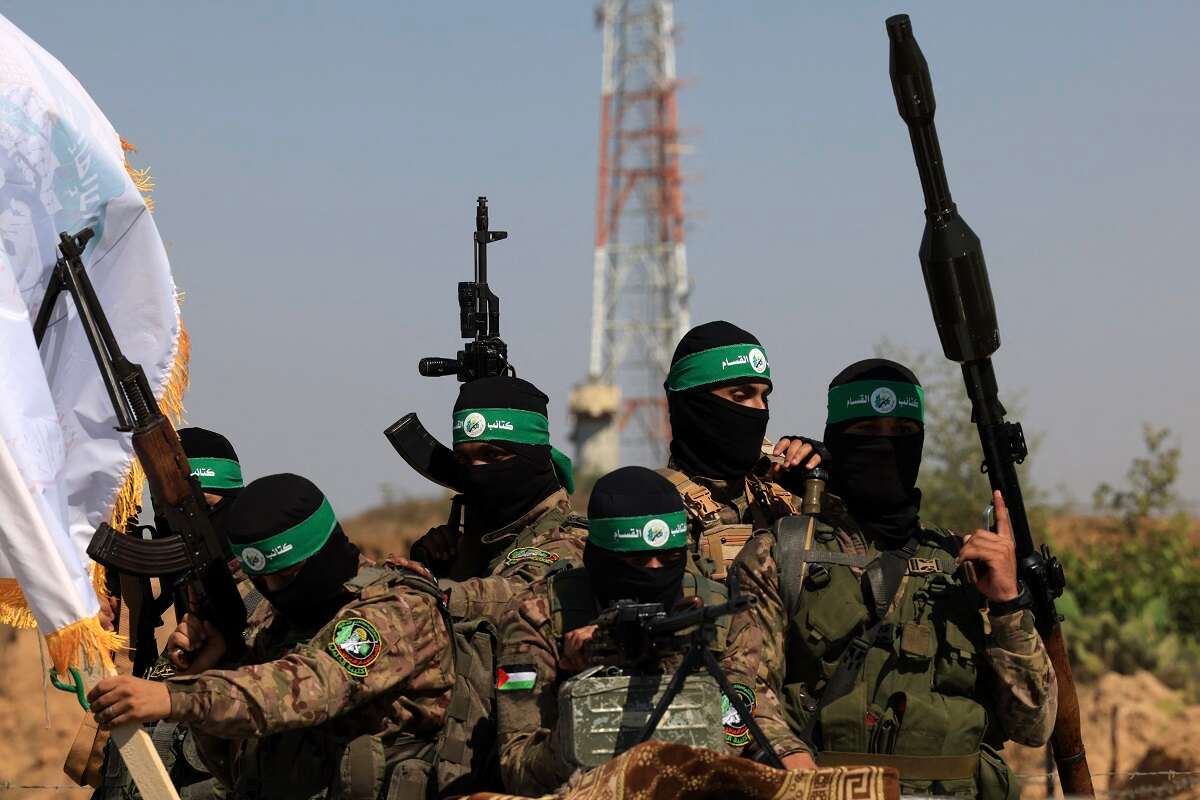Israel Hayom has learned that negotiations for the hostage deal between Israel and Hamas include a proposal allowing Hamas operatives to leave Gaza for medical treatments through Egypt during the ceasefire period.

This arrangement would permit dozens of Hamas operatives to cross into Egypt daily, including those who participated in combat against Israel, with Israel's implicit consent. Effectively, this could allow them to evade Israel's reach for an extended period, despite Israel's commitment to holding accountable all participants in the October 7 massacre.
Hamas presented this demand for operative evacuation several months ago. Israel now shows unprecedented willingness to reach an agreement, demonstrating flexibility on multiple issues. However, sources close to the negotiations described weekend progress as "complex and slow," noting persistent gaps between the parties. They expect definitive answers about a potential deal in the coming days. One source, tempering optimism, suggested responses wouldn't arrive before Hanukkah. The Washington Post also reported continuing disagreements over hostage release lists, prisoner releases, release mechanisms, and other matters.
The proposed agreement follows a phased approach. The initial phase would secure the release of a limited number of living hostages in the "humanitarian" category – including women, elderly individuals, and potentially children. This phase would also facilitate the return of deceased Israeli hostages' remains from Hamas custody.
Regarding Hamas' withdrawal demands for the Netzarim and Philadelphi Corridors, creative solutions are under consideration. Saudi newspaper Asharq Al-Awsat reports that the IDF plans an initial partial withdrawal from the Netzarim corridor to allow northern Gaza residents' return, followed by a strategic "redeployment" along the Philadelphi Corridor near the agreement's implementation's conclusion, maintaining remote control capabilities.




